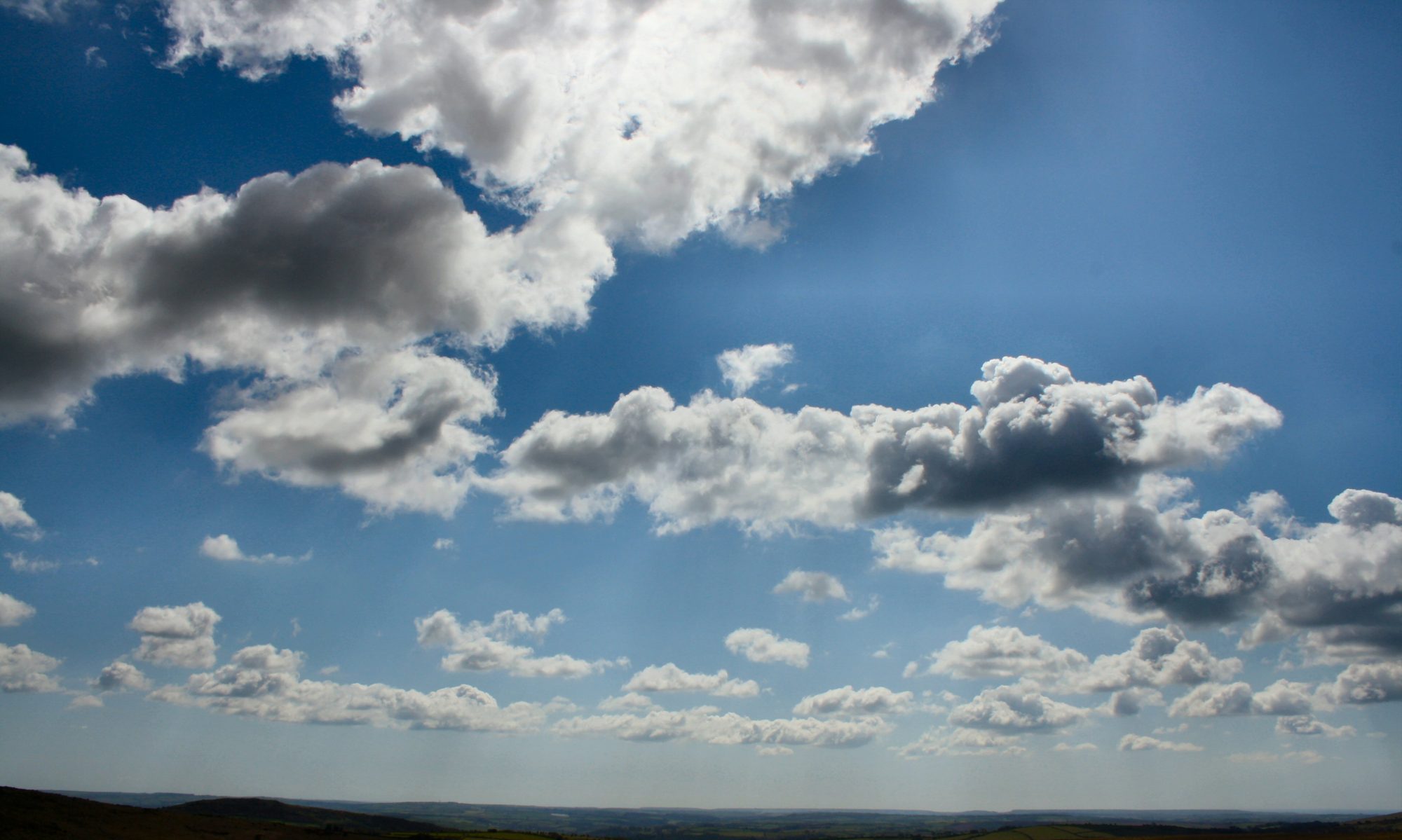Bridford Wildlife Warden Challenge
It’s wonderful after winter when new life begins to show itself. We would like to challenge you to look for those first signs of spring in the countryside when you are out walking through the lanes in the parish. We would like to know when you see the first lesser celandine which is one of the earliest flowers to emerge. It is common and widespread, often found in hedgerows, open woodland or bare ground, sometimes forming clumps or patches. Their leaves are heart shaped and glossy, the flowers are between 20 and 30 mm across and only open in sunshine. Lesser celandines can also appear in gardens but we would like to know when the first one is seen in the countryside. So why not take a walk around some of the lanes surrounding the village and let us know what you see.
There are other firsts to look for, wild strawberry, a tiny white flower hiding in the grassy banks. Common dog violet, bluish violet flowers often seen in woodland rides, grasslands and hedgerows. Most people can identify a primrose and many will have them growing in their gardens, but can you find the first wild primrose in the parish?
Please send us a photo of your sightings and details of where and when you saw it. We will publish the results in next month’s Unity and set another wildlife challenge.
The Bridford Verges
The Parish Council have given the go ahead for another year of managing the verges for wild flowers. This will mean that the verges are left to grow from January until the plants drop their seed in August/ September, bar a 1.5 metre path by the road for access and visibility. We are hoping to see lots of yellow rattle in later spring, which will start to thin out the grasses and let the wildflowers through. The first couple of years will still see a lot of long grass, but with ongoing management this will lessen and the amount of flowers will increase.
Bird feeding
Last month we included a challenge to make birdfeeders in Unity and just wanted to add that these were meant as temporary feeders. Due to bird diseases such as trichomonosis which are adversely affecting bird numbers, if you are using permanent bird feeders please make sure you follow BTO advice that you clean feeders weekly with soapy water and rotate the position of feeders. There is good advice on bird feeding and the impact of this on the BTO website . Providing plants that provide seeds and berries and encouraging insects through offering them food, shelter and not using pesticides is the best way to feed birds long term. We will be offering suggestions throughout the year on ways to do this.











